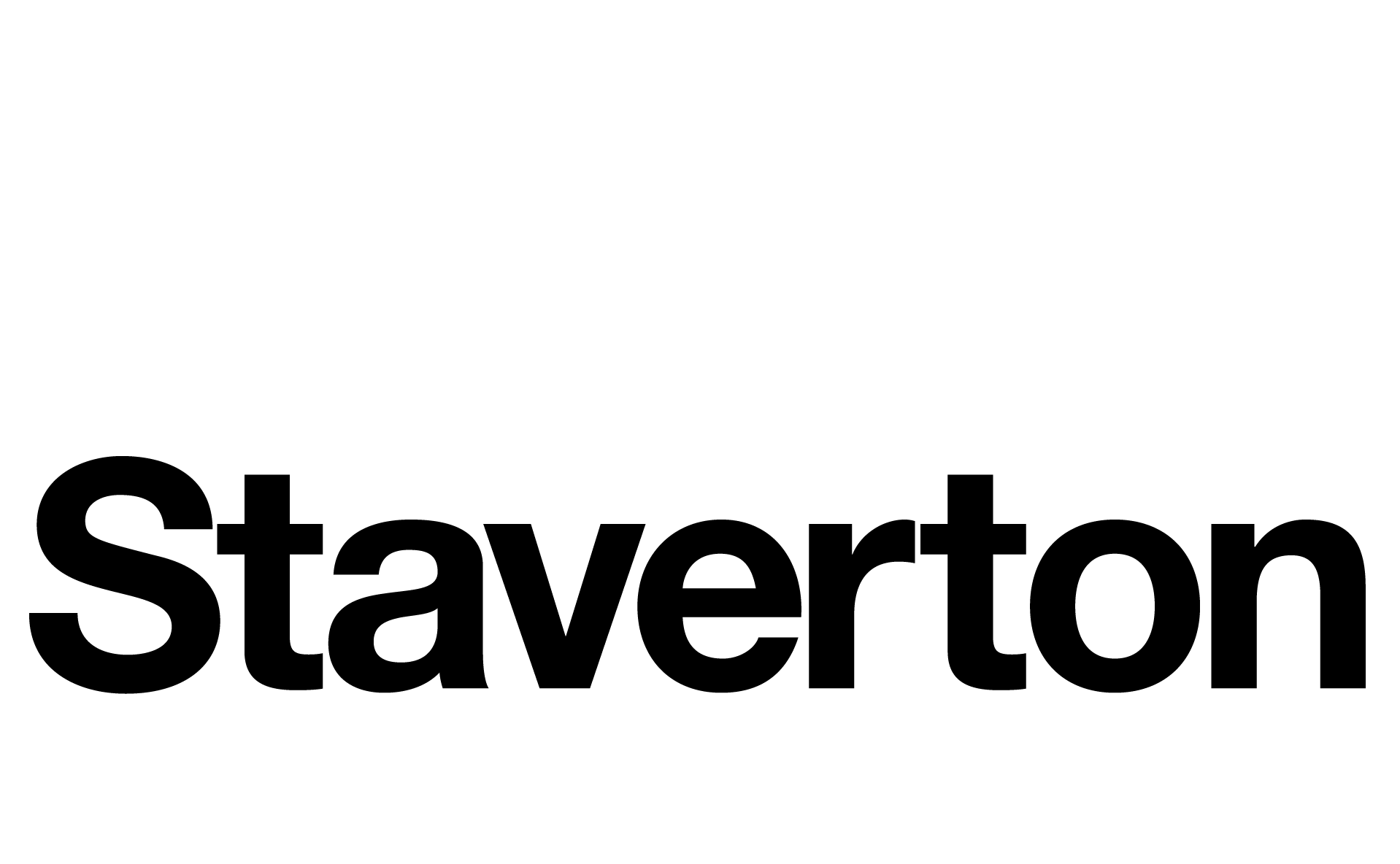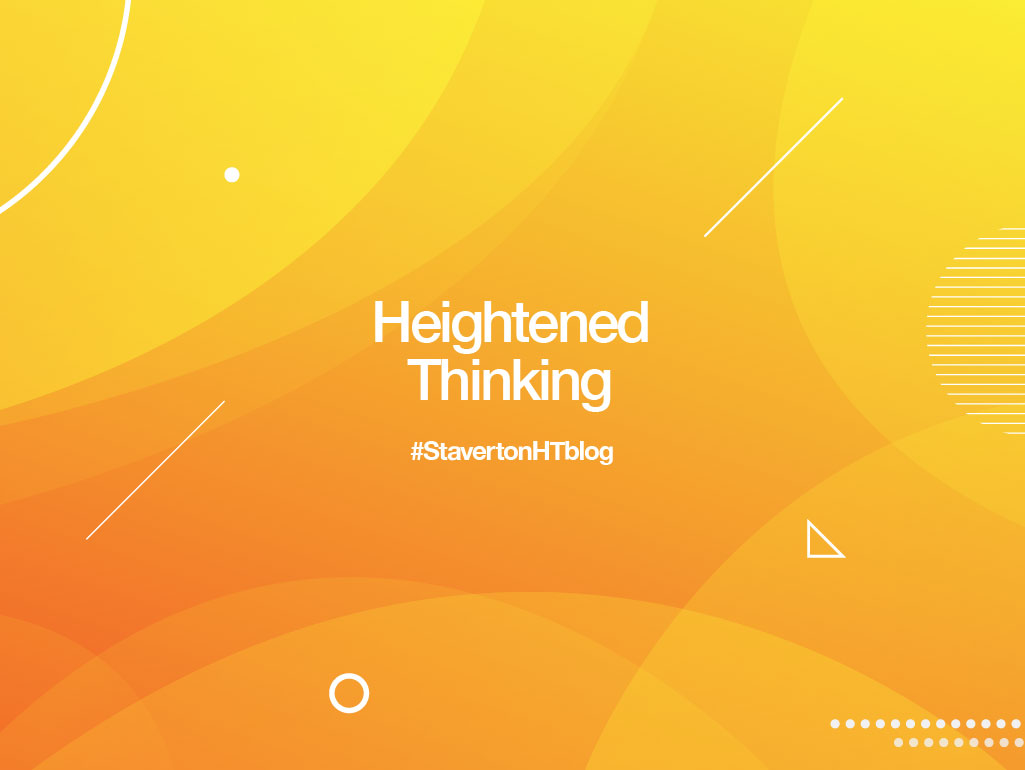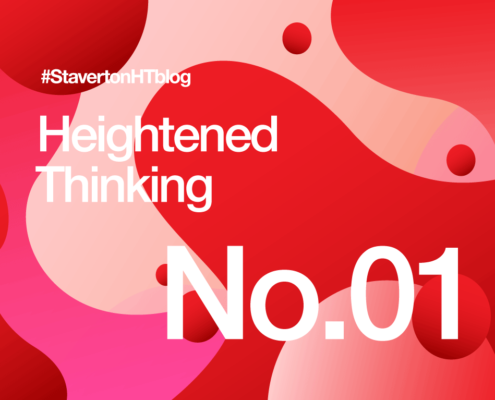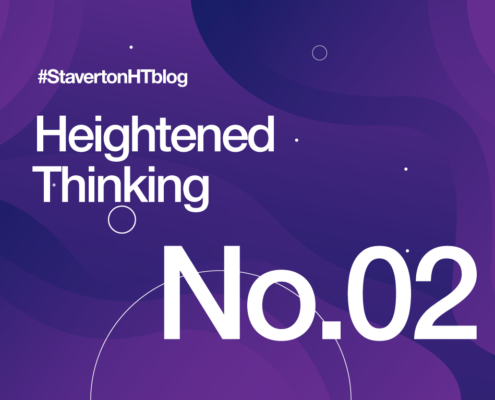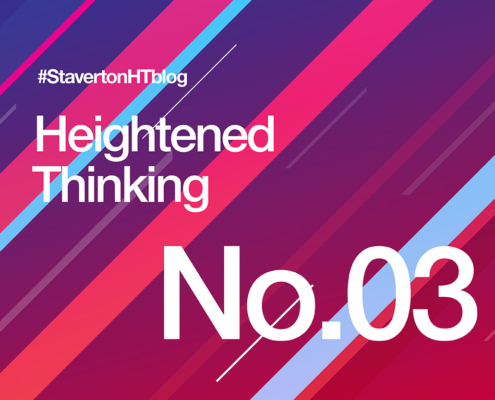The New Face of Workplace Wellbeing
Coming to firm conclusions about anything right now is still like pitching a tent in a hurricane. Some people may be very clear on how the workplace will be affected long term by the events of the past eighteenth months, but chances are they’ll be wrong in some very significant ways. Not least because the events of the past eighteenth months aren’t over yet, and their consequences will echo down the years.
That doesn’t mean we can’t draw some conclusions, but we must do so in very broad brushstrokes. And perhaps the most important is that nothing that has happened in the past year to the way we think about work and workplaces is completely new. Or rather, it isn’t new to those who have been immersed in workplace thinking for many years.
Flexible working, activity-based working, engagement, empowerment and the full spectrum of issues related to workplace wellbeing may have entered mainstream thinking for the first time, but that doesn’t make them new. They are truths that have been waiting to be uncovered.
The Greek word anagnorisis describes this phenomenon. It’s a commonly used narrative device in theatre, books and films. It’s the force of plot twists and other narrative arcs. And it’s also apparent in the way the world has discovered a number of issues we have been talking about for years.
When it comes to wellbeing, the current focus is largely on mental health. That is understandable. Months of isolation, uncertainty and anxiety will do that to people. But the advancement of the conversation about adopting new work cultures offers hope that we will be able to deal with both the short-term consequences of lockdown, but also offer people better ways of working going forward.
Much of this will rely on offering tailored solutions and choices about how they might best work. While the death of the office has been massively exaggerated, the time has come to do something about rigid times and places of work for far more people.
This will inevitably drive a number of existing office design trends. When the office is no longer the sole place of work for more people, its function changes and so does its form.
This too will focus attention on offering people choices. For many organisations, the office will become an important part of a new work ecosystem. It is very likely that the office will be more rather than less important, as a result. It will become a destination in its own right, answering the question: if people can work anywhere, how do we make the office the best choice of where to work?
Such choices will be reflected in the way offices are designed and also the office furniture and other products used within them.
That is why we will be hearing a lot more about activity-based working, which is a form of workplace with zones for specific types of work, with people empowered to move around the building to work in the best space for them at any particular time. Such offices will bring together people, processes, technology at the right time and place to address specific tasks.
Although essential for their psychological wellbeing and the creation of cohesive organisational cultures, this will also focus attention on the more physical aspects of their wellbeing.
In some ways, activity-based working is inherently better for us in this regard. It encourages people to move more to meet with colleagues, to take breaks, and work in different ways on different tasks. It means we adopt more postures throughout the day and stand up and move around and ideally should mean that we are more likely to be working in surroundings best suited to our immediate physical needs.
The products we use in such working environments will also change. We can expect to see more apps that allow people to book the right space and meet with the right people.
Lighting will also change as buildings get smarter. The level and type of light we need for breakout space is different to that we need for computer work, reading or meetings.
Furniture will be more focussed on shared use and adaptability, so we can see even greater growth in the demand for sit-stand desks, soft seating, booths, mobile tables, configurable partitions, and other flexible and modular systems. Storage will continue its shift towards serving a mobile workforce and not just for archiving hard copy.
All of these solutions exist as do the rationales for their use. So, while we may have been disrupted by events since 2020, we can reassure ourselves with the knowledge that we already understand many of the challenges that we face as companies and individuals. But perhaps most reassuring of all is the idea that we know what the solutions are.
Many of these have already been designed for change. So although we cannot be really certain about the future, we can at least know that we are ready for whatever it holds.
